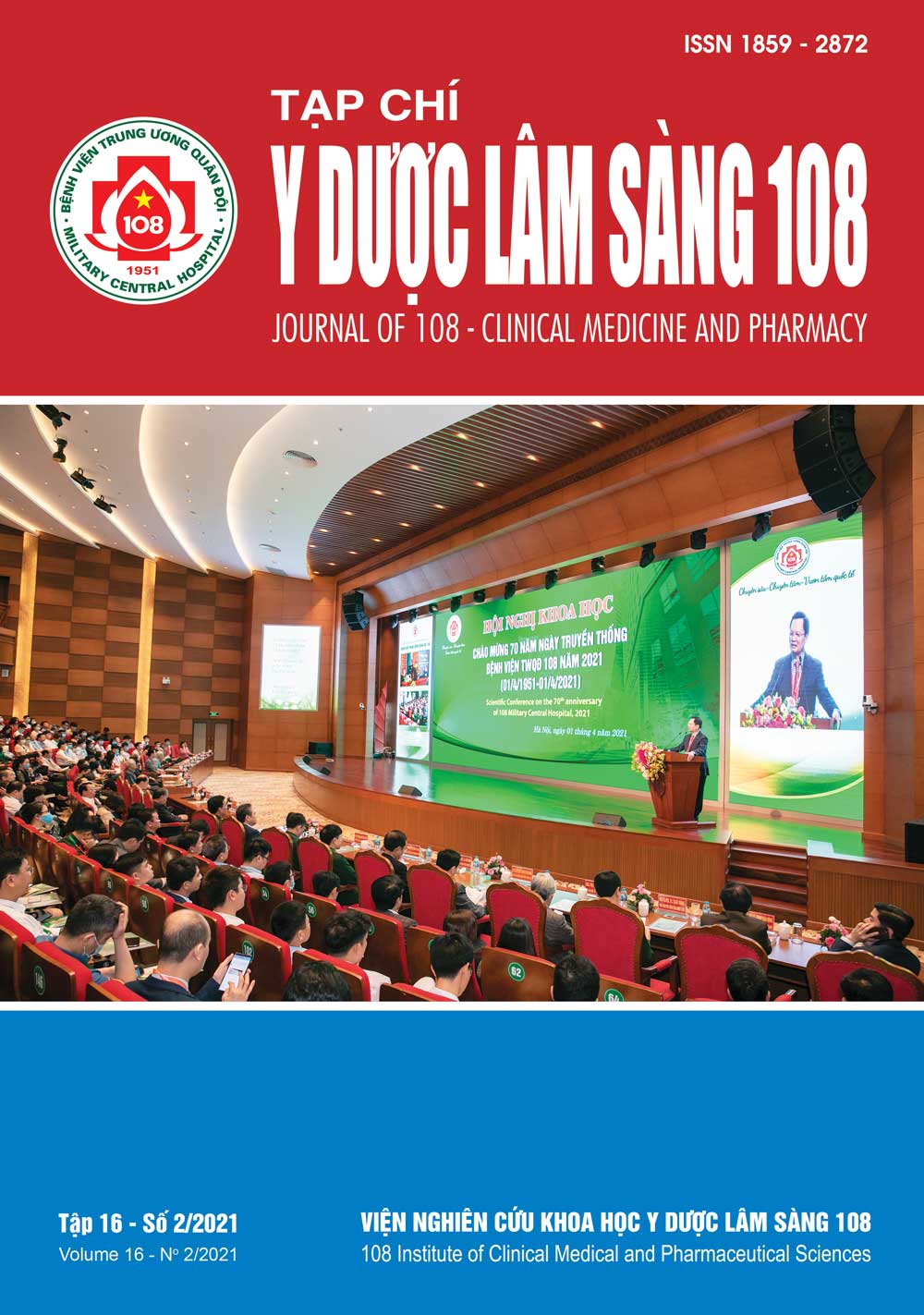Fabella syndrome in a football player: Case presentation and literature review
Main Article Content
Keywords
Abstract
We present a case of fabella syndrome in a football player, who was treated resection this sesamoid bone - uncommon cause of posterolateral knee pain. Case presentation: Patient came to our department with persisting posterolateral knee pain after failed conservative treatments for 6 months. All other common causes of intra and extra articular pathologies possibly causing the posterolateral knee pain were excluded, this patient was diagnosed with fabella syndrome and undertook surgical excision of the fabella. At the 8th week follow-up he was completely asymptomatic and return training. Conclusion: Consistent posterolateral pain during exercise might indicate the presence of a fabella syndrome. Conservative treatment is always the first choice. But if symptoms persist, the resection of the fabella with the appropriate reconstruction of the posterolateral corner of the knee, is a definitive treatment effective for allowing the athlete to resume training and competitions.
Article Details
References
2. Müller W (1982) The knee - form, function and ligament reconstruction. In Knee Form, funct ligament reconstr. New York: Springer Verlag Berlin Heidelberg: 40, 96, 98, 192, 249, 252.
3. Kawashima T (2007) Anatomical study of the fabella, fabellar complex and its clinical implications. Surg Radiol Anat SRA 29: 611-616.
4. Zenteno Chávez B (2010) Fabella syndrome in a high performance runner. Case presentation and literature review. Acta Ortop 24: 264-266.
5. Larson (1993) Fabellar impingement in total knee arthroplasty. A case report. J Arthroplasty 8: 95-97.
6. Takebe K (1981) Peroneal nerve palsy due to fabella. Arch Orthop Trauma Surg 99: 91-95.
7. Driessen A (2014) The fabella syndrome - a rare cause of posterolateral knee pain: A review of the literature and two case reports. BMC Musculoskeletal Disorders 15: 100.
8. Pancoast HK (1909) Radiographic statistics of the sesamoid in the tendon of the gastrocnemius. Univ Penn Med Bull 22: 213.
9. Ehara S (2013) Potentially symptomatic fabella: MR imaging review. Jpn J Radiol 32(1): 1-5.
10. Kuur E (1986) Painful fabella. A case report with review of the literature. Acta Orthop Scand 57: 453-454.
11. Robertson A (2004) The fabella: A forgotten source of knee pain? Knee 11(3): 243-245.
12. Minowa T (2004) Does the fabella contribute to the reinforcement of the posterolateral corner of the knee by inducing the development of associated ligaments? J Orthop Sci 9(1): 59-65.
13. Franceschi F (2007) Dislocation of an enlarged Fabella as uncommon cause of knee pain: A case report. Knee 14(4): 330-332.
14. Weiner D (1977) The fabella syndrome. Clin Orthop Relat Res: 213-215.
15. Zipple JT (2003) Treatment of fabella syndrome with manual therapy: A case report. J Orthop Sports Phys Ther 33(1): 33-39.
 ISSN: 1859 - 2872
ISSN: 1859 - 2872
